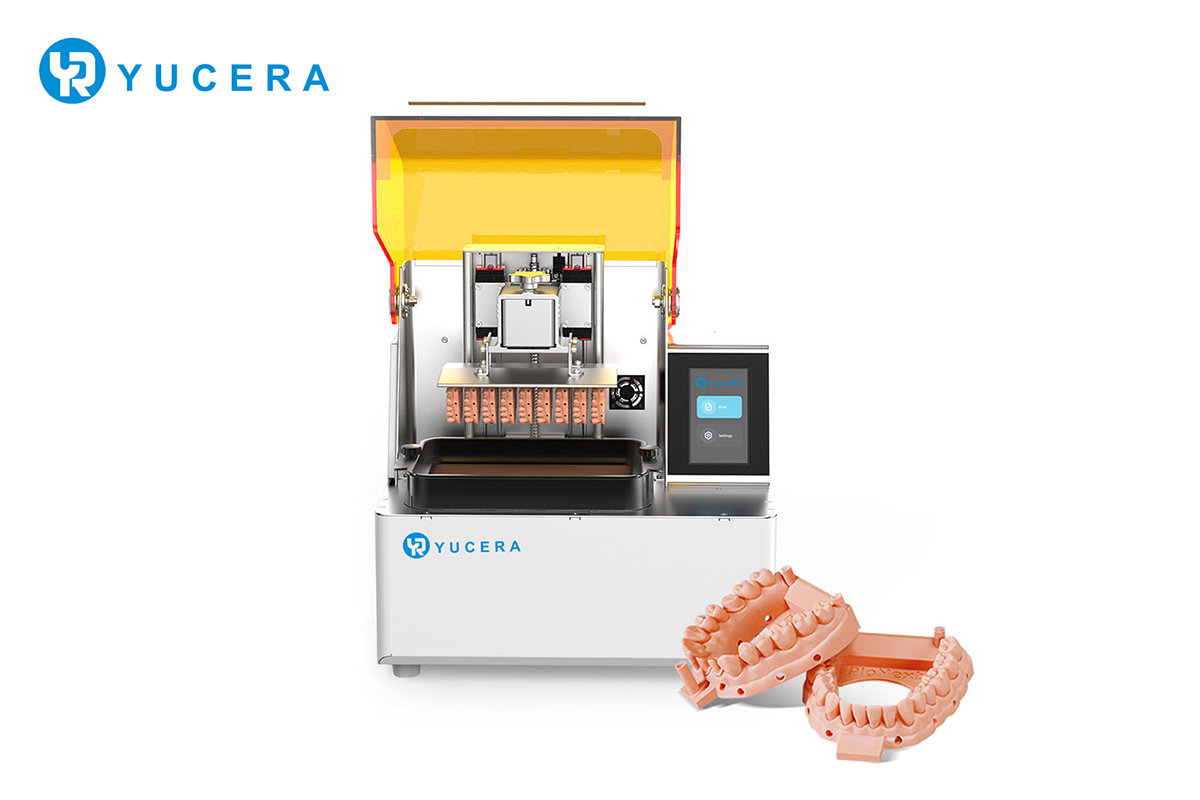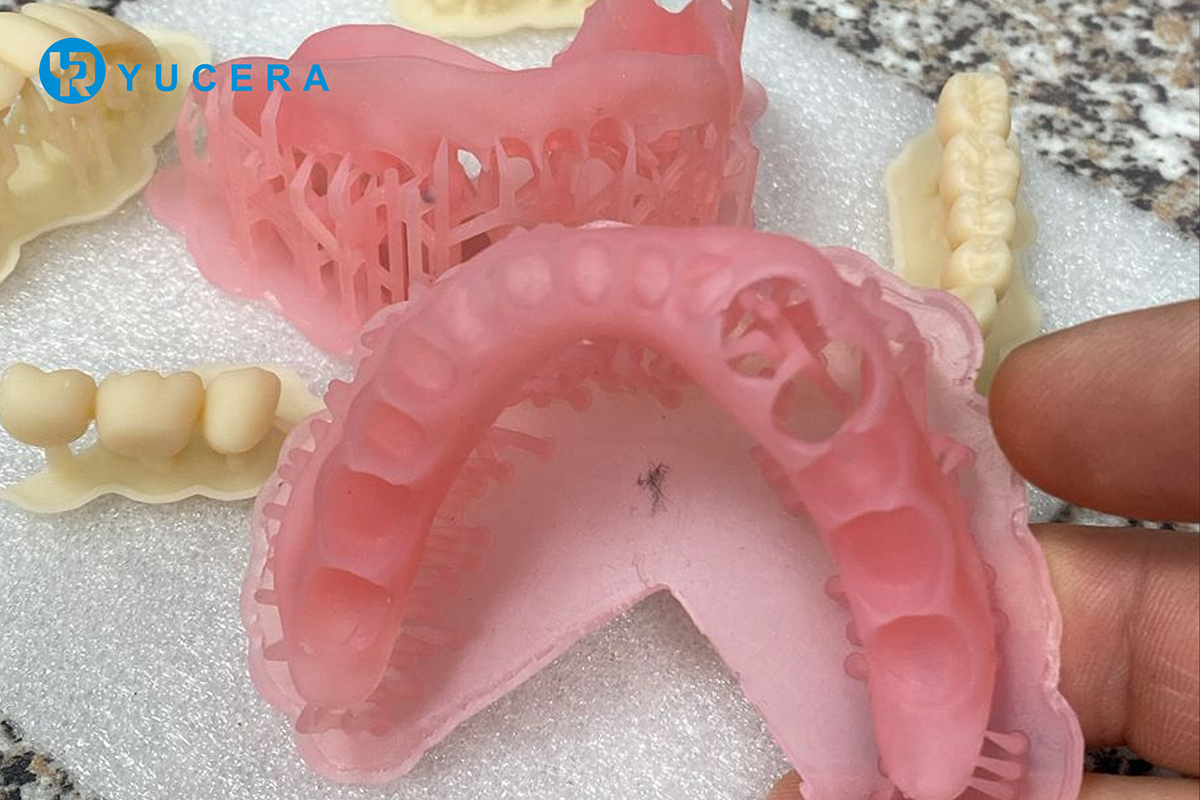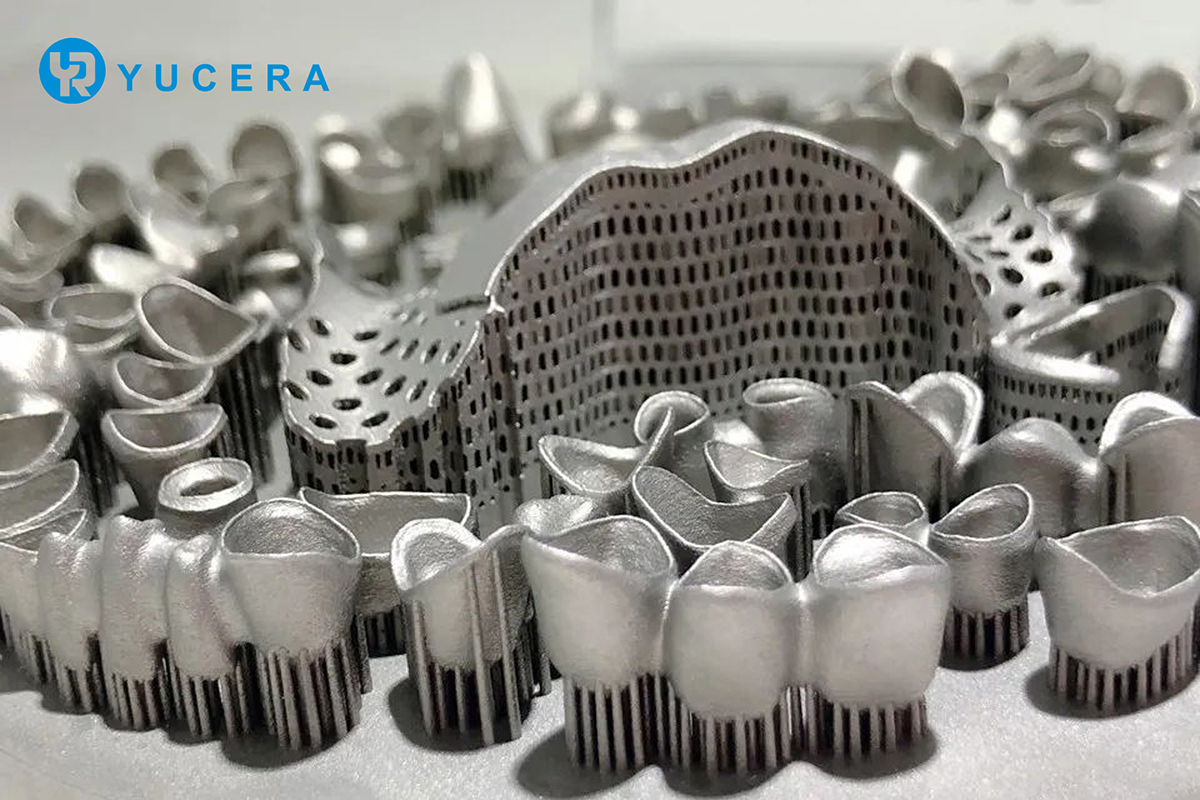Why Do Some Fillings Require the Option of an Inlay and What Is the Difference Between an Inlay and a Filling?
2024-12-26
2024-12-28
Compared to traditional subtractive manufacturing processes, 3D printing, with the help of advances in moulding technology and materials, allows for the creation of complex geometries with higher precision, accuracy and customisation of the final product in an efficient and cost-effective manner.
In the dental field, where customisation is in high demand, advances in 3D printing technology and materials have transformed clinical treatment methods and approaches, and improved clinical treatment cycles and outcomes. 3D printing is fast becoming the method of choice for computer-aided manufacturing (CAD) in dentistry due to the increased precision, efficiency and growing accessibility of 3D printing technology.
In terms of 3D printing technology solutions and the main components of materials, dental 3D printing materials can be divided into three main categories: polymers, metals and ceramics.

1. Polymers
Polymers are the most commonly used materials in dental 3D printing applications, featuring a wide range of applications, low cost, and ease of manufacturing.
Polymer types include polyether ether ketone (PEEK), polycaprolactone (PCL), polymethylmethacrylate (PMMA), polylactic acid (PLA), polylactic acid-hydroxyacetic acid copolymer (PLGA), and ultraviolet (UV) sensitive resins.
As 3D printing is cured and moulded using layer-by-layer printing and cumulative stacking, additives need to be added to the material (in the light-curing scheme, the material needs to be added to the initiator, monomer and prepolymer required for curing and moulding), and the mechanical properties of the material are usually lower than those produced by traditional methods. Although there are significant differences in abrasion resistance and mechanical properties compared to conventional injection moulding methods (polymerisation and injection pressing), they still meet ISO standards for various dental applications.
Among polymers, UV photosensitive resins are the most widely used in dentistry due to their high precision and speed, and their technological solutions are rapidly evolving, with different new materials and applications emerging in the three main areas of orthodontics, prosthetics and implants. Permanent crowns for restorations, All-On-X for full-mouth implants, and direct printing of orthodontic appliances and retainers with memory function are new solutions emerging in the past two years, which are gradually being accepted and recognised by doctors and patients at home and abroad.

Compared with traditional dental resins, 3D printed photosensitive resins have been proven to have superior biocompatibility, and this biocompatibility can be further improved by post-treatment methods such as cleaning and post-curing.
2. MetalsAlloy metals used for dental 3D printing include titanium (Ti) and cobalt-chromium (Co-Cr), and the mechanical properties of the alloys are ideal for many dental applications. 3D printed alloys offer superior mechanical properties compared to traditional casting methods, but the interface between the 3D printed metal and the ceramic mating needs to be improved to match the precision obtained using traditional casting methods. 3D printed cobalt chromium alloys have higher hardness values (371±10HV), higher precision and consistency, and better fit compared to traditional casting methods.
Metal 3D printing is currently used in dental applications to create metal layers inside porcelain teeth (crowns or bridges), metal brackets for orthodontic or restorative purposes, and metal frames (bars) in full-mouth dental implants, a process that is faster, more economical, and easier to realise a wide range of individual geometries than using subtractive milling techniques.

3. Ceramics
Ceramic materials are considered to be the best materials for dental restorations due to their excellent mechanical properties, biocompatibility, absence of controversies such as ionic release or corrosion, good abrasion and corrosion resistance (long term stability) as well as aesthetic properties.
Ceramic materials are further classified into glass, zirconia and alumina ceramics based on the substrate.
In practice, zirconia is the most widely used material and is often referred to as ‘ceramic steel’. It is commonly used in the field of prosthetics, typically for the production of crowns, fixed prosthetics (FDPs) and defect-oriented restorations (e.g. occlusal veneers), as well as for the production of dental implants and implant-supported restorative components.
In addition, ceramic 3D printing can be used to create complex, patient-specific implants; it has a number of applications in the field of craniomaxillofacial surgery and the treatment of bone defects in the jaw.
The biggest challenge in 3D printing technology solutions for printing ceramics is their high melting point and the cracking caused during the cooling process. In addition, the properties of the raw material affect its porosity and final mechanical properties. The mechanical properties of the finished product are inconsistent due to the different types of substrates for ceramic materials, differences in 3D printer technology and light sources, the wide range of shapes of the target restorations, and differences in printing controls and parameters.
Currently, ceramic materials as well as printing techniques require further research, exploration and testing.